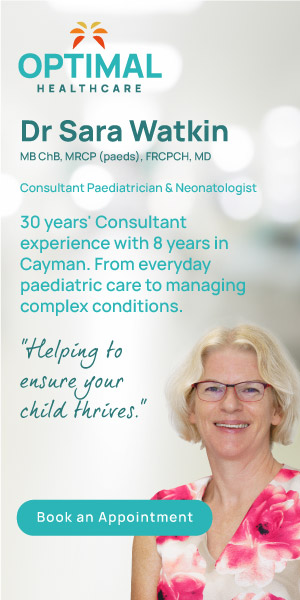Taking that giant step from paediatric care to gynaecology can be a scary experience for young women. Meeting a new doctor, especially one who is much more invasive than a paediatrician, can come off as intimidating. Deep conversations that some young women may find embarrassing such as sex, menstrual cycles, and anything that has to do with their body, will have to be shared with their gynaecologist.
Typically, a young woman will begin to see a gynaecologist between 13 to 15 or varying depending on when puberty begins.
Having a paediatrician that helps young women transition from paediatric care to gynaecology can help make a young woman feel comfortable. On the other side of the referral, Gynaecologists can help patients transition by guaranteeing confidentiality and creating a safe space for young patients. If a patient has not begun her menstrual cycle by 14-15, it is highly recommended for a young woman to visit a gynaecologist. A gynecologist is a doctor that women will have from their first period until menopause.
The most important thing here is addressing the reproductive health of a young teen. Being able to point out and detect certain things from an early age can aid in helping a young woman when it comes to her reproductive health. Some paediatricians may find it difficult to speak about menstrual cycles with their patients. If this is the case, the patient would be referred to a regular or pediatric gynaecologist by their paediatrician. Whom such discussions are made routine.
There are often misconceptions surrounding teen girls making the switch to gynaecology. Some parents may believe that specific methods of birth control can cause cancer or infertility, have concerns about the HPV vaccine, or think hormonal therapies are harmful. But the biggest misconception would have to involve the infamous pelvic exam. When visiting a gynaecologist, there is no need to have a pelvic exam done (unless necessary), which relieves patients very much.
Most importantly, it is essential for patients to feel comfortable with their gynaecology experience. Establishing confidentiality and comfort is the first step in the right direction to switch from paediatrics to gynaecology. The most important part of the initial gynecologic visit is to give patients the option of one-on-one time with the physician with no parent in the room. During this time, a doctor clarifies that information can either stay between the doctor and patient or be shared with a parent. However, the doctor can share information from the visit with a parent in the Cayman Islands if the child is still a minor.
It is vital that young women are educated at a young age about their bodies.




